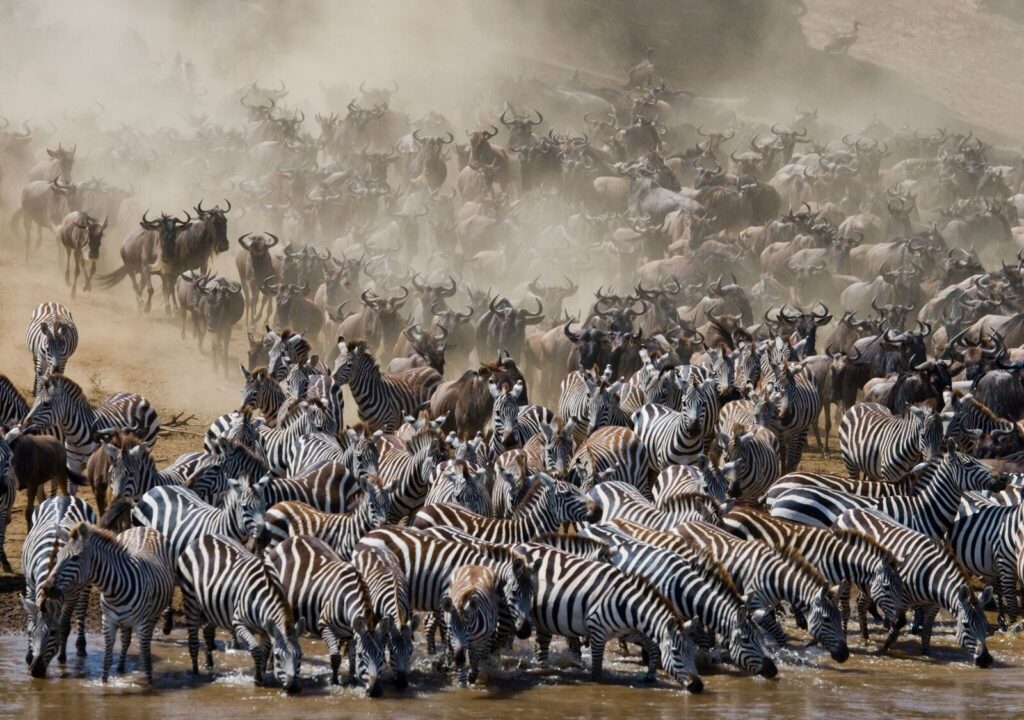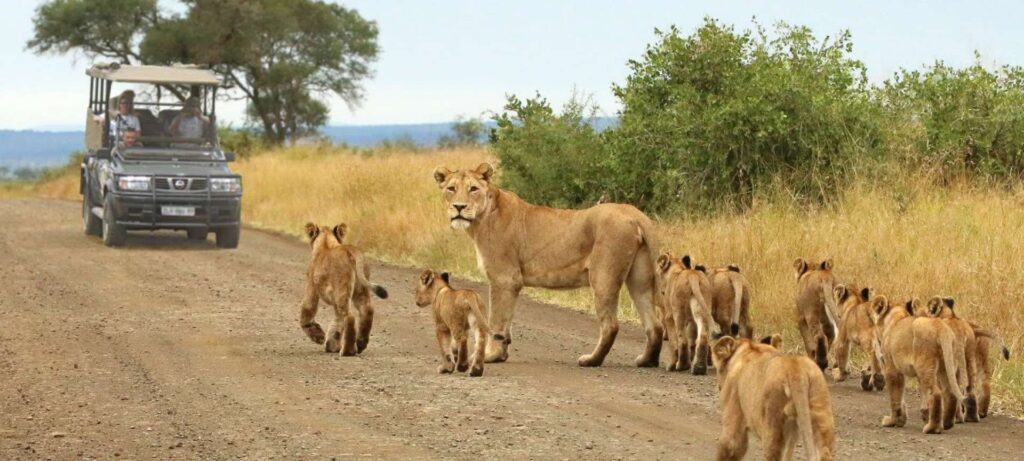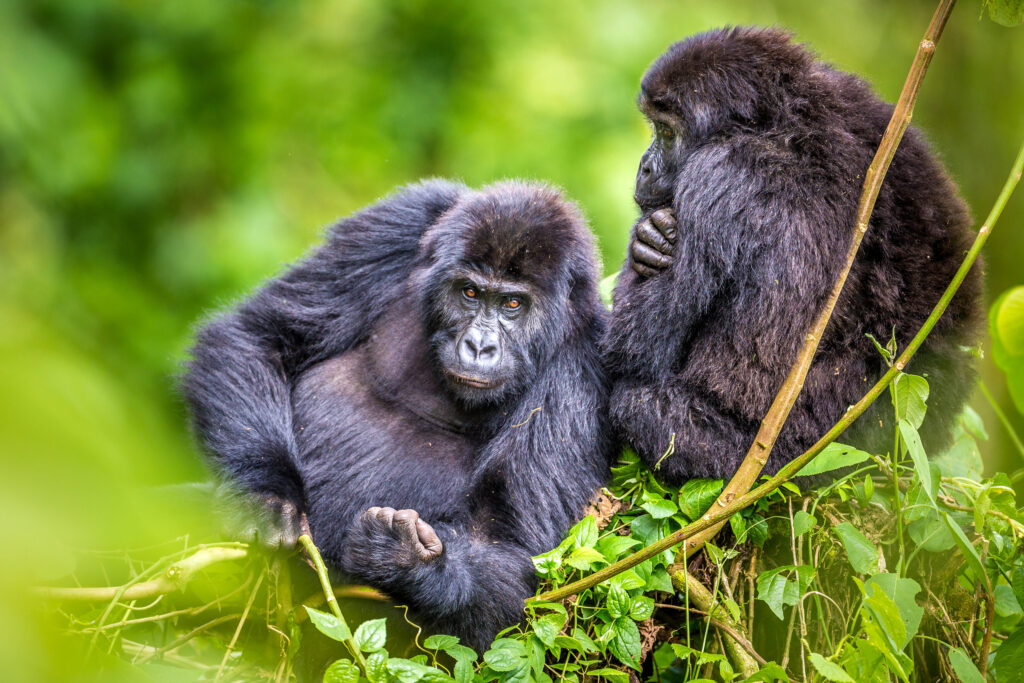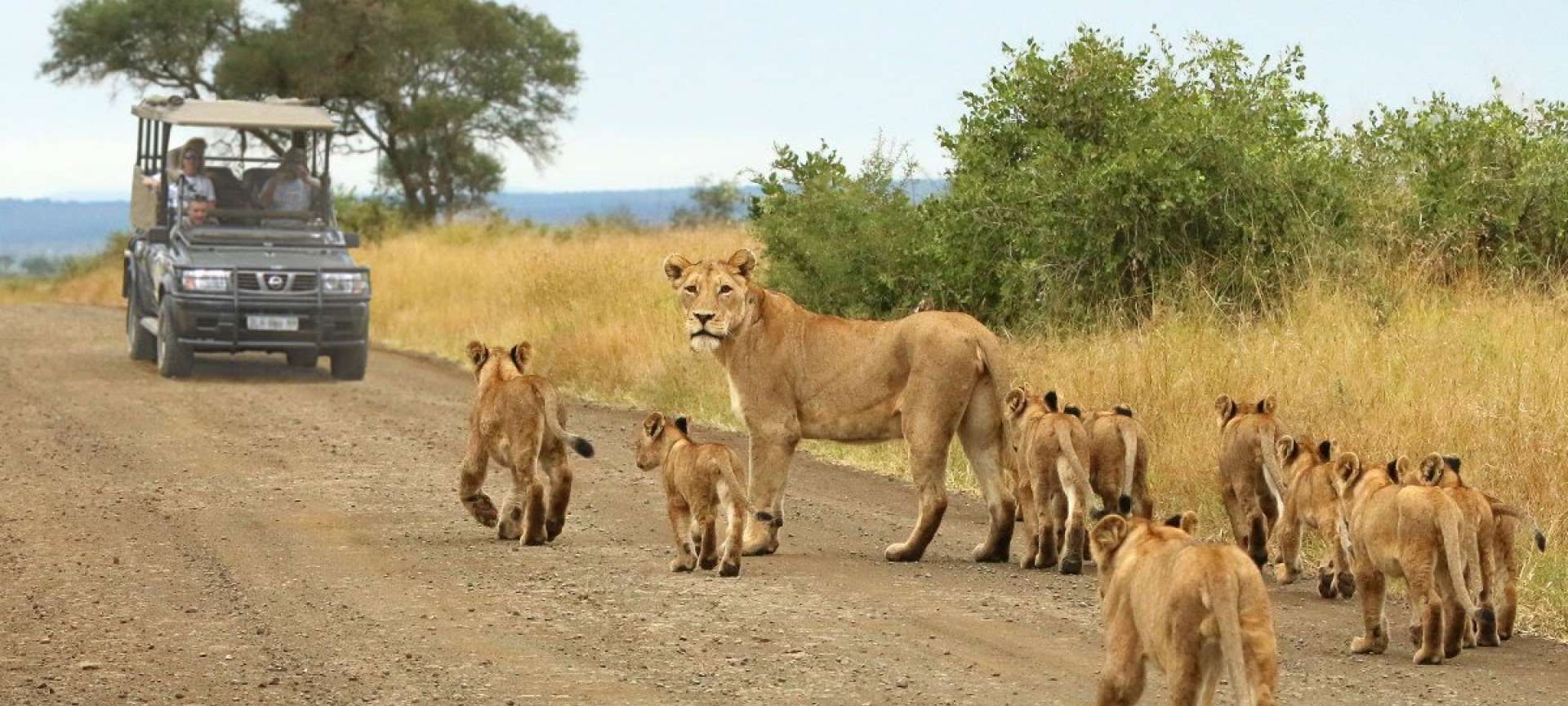2025 African Safari Planner: Best Countries, When to Go & Where to Visit
2025 African safari planner. Planning a safari in 2025 means balancing seasons, wildlife highlights, access, and the type of experience you want. This guide walks you through the best countries for safaris, the ideal months to travel, and the must-visit parks and regions so you can choose the right trip for your interests—whether that’s witnessing the Great Migration, tracking big cats, exploring waterways and delta channels, or trekking to see mountain gorillas.
Which countries should be on your 2025 safari shortlist?
Several countries consistently top travelers’ lists for safari quality, diversity of wildlife, and infrastructure. Botswana, Kenya, Namibia, Rwanda, South Africa, Tanzania, Uganda and Zambia are among the destinations most recommended by safari experts for a 2025 trip. Each country offers a different mix of landscapes and experiences, from water-based safaris and floodplain game viewing in Botswana to gorilla encounters in Rwanda and Uganda.
East Africa: Kenya and Tanzania — the migration, big cats, and classic savanna safaris
Kenya — Masai Mara and the southern reserves

Kenya remains a top pick for its Masai Mara plains, resident big cats, and strong opportunities to witness the dramatic river crossings of the Great Migration. The most reliable months to target the Masai Mara migration are July through October when herds and predators concentrate in the reserve, offering classic safari photography and river-crossing spectacles. Outside those months, the Mara still offers excellent year-round wildlife viewing, including exceptional lion sightings during some of the dryer months.
Tanzania — Serengeti, Ngorongoro and beyond
Tanzania’s Serengeti ecosystem and Ngorongoro Crater are legendary. Timing depends on the part of the circuit you want to see: the southern Serengeti is prime during the calving season around December to March, while the western and northern corridors are best later in the year when the herds move toward the Mara. The dry season from June to October is widely recommended for predictable game viewing across Tanzania.
Southern Africa: Botswana, South Africa and Namibia — floodplains, private concessions and dry-season concentration
Botswana — Okavango Delta and Moremi
Botswana’s Okavango Delta delivers a unique, water-rich safari experience and excellent predator-and-prey viewing when animals concentrate around freshwater channels. The dry months—roughly June through October—are generally the best time to visit because floodwaters have arrived and wildlife is drawn to the delta’s permanent water. For a mix of mokoro (canoe) trips, guided drives, and exclusive camps, plan for the dry season.
South Africa — Kruger and private reserves

South Africa is ideal for first-time safari-goers and those who want a mix of culture, luxury lodges, and accessible wildlife. Kruger National Park and adjacent private reserves offer reliable Big Five viewing, with the dry winter months (May to October) being particularly good for game-spotting because vegetation is thinner and animals gather near waterholes. South Africa also pairs well with Cape Town or garden route itineraries.
Namibia — Etosha and desert-adapted wildlife
Namibia is the destination for stark desert scenery, towering dunes, and uniquely adapted wildlife. Etosha National Park is best visited in the dry months from May to October, when animals concentrate at waterholes and visibility is excellent. Namibia is a year-round destination for photographers and travelers who prefer dramatic landscapes alongside wildlife.
Central & East Africa: Gorilla experiences and forest safaris
Rwanda — Volcanoes National Park
Rwanda’s Volcanoes National Park is compact and engineered for gorilla trekking experiences. The best windows for trekking tend to be the drier months, especially December to February and June to September, when trails are less slippery and visibility in the forest improves. Gorilla permits are limited and should be booked well in advance.

Uganda — Bwindi and Mgahinga
Uganda is a powerful choice for gorilla treks and offers a slightly different, often quieter experience than Rwanda. Like Rwanda, the dry months offer easier trekking conditions, though gorilla encounters can happen year-round. Uganda also combines well with classic savanna safaris and chimp trekking for a broader primate-focused itinerary.
When to prioritize: weather, wildlife events and crowding
Dry season versus green season
If your priority is concentrated wildlife viewing and clear game drives, aim for the dry season in your chosen country, which for most southern and eastern safari destinations is roughly May through October. The so-called green or wet season can be spectacular for birding, birthing season scenes (for example, the Serengeti calving season), and lower lodge rates, but it may bring fewer road-accessible game drives and muddier tracks. Balancing weather with specific wildlife events—like the Great Migration’s river crossings or the Serengeti calving period—will influence the exact months you choose.
Booking ahead and permit considerations
High-demand experiences such as gorilla trekking in Rwanda and Uganda, or prime-season mobile camps in Botswana and Kenya, require advanced booking. If you want specific dates around major wildlife events or travel during school holidays, secure permits and accommodations as early as possible to avoid disappointment.
How to pick the right safari for you
Consider whether you want water-based safaris, classic game drives, walking safaris, mobile tented camps, or primate trekking. Botswana and Zambia shine for water and remote concessions; Kenya and Tanzania for classic savanna and migration spectacles; South Africa for accessibility and variety; Rwanda and Uganda for gorilla encounters; and Namibia for dramatic desert scenery. Your comfort level, time available, budget, and wildlife priorities will shape the ideal country and route.
Sample trip ideas for 2025
For a short, high-impact trip, combine a Masai Mara game-viewing package with a cultural visit to a local Maasai community. A two-week expedition, pair Serengeti and Ngorongoro Crater in Tanzania or combine Okavango Delta explorations with Chobe in neighboring Botswana. For wildlife photographers seeking dramatic landscapes, a Namibia circuit through Sossusvlei and Etosha offers unforgettable vistas alongside game. For primate-focused travelers, a Rwanda gorilla trek followed by Uganda chimp trekking makes a deeply rewarding itinerary. Wherever you go, tailor your timing to the wildlife events and seasons described above to maximize sightings.
Final tips for planning a 2025 safari
When planning, factor in internal flights, park fees and permits, vaccinations or health advice for certain regions, and travel insurance. Think about travel style—luxury lodge, tented camp, or mobile camp—and how much time you want to spend moving between parks. Remember that many of the best experiences require advance reservations, especially for gorilla permits and peak migration windows.
For tailored advice, custom itineraries, and the best available options for 2025 dates and permits, inquire early.
Book your 2025 safari with African Wild Trekkers
If you’re ready to plan or want expert help matching the right country, season, and park to your interests, contact African Wild Trekkers. We’ll help you design a 2025 safari that fits your schedule, wildlife priorities, and budget, and we’ll handle the bookings and permits so you can focus on the adventure.
